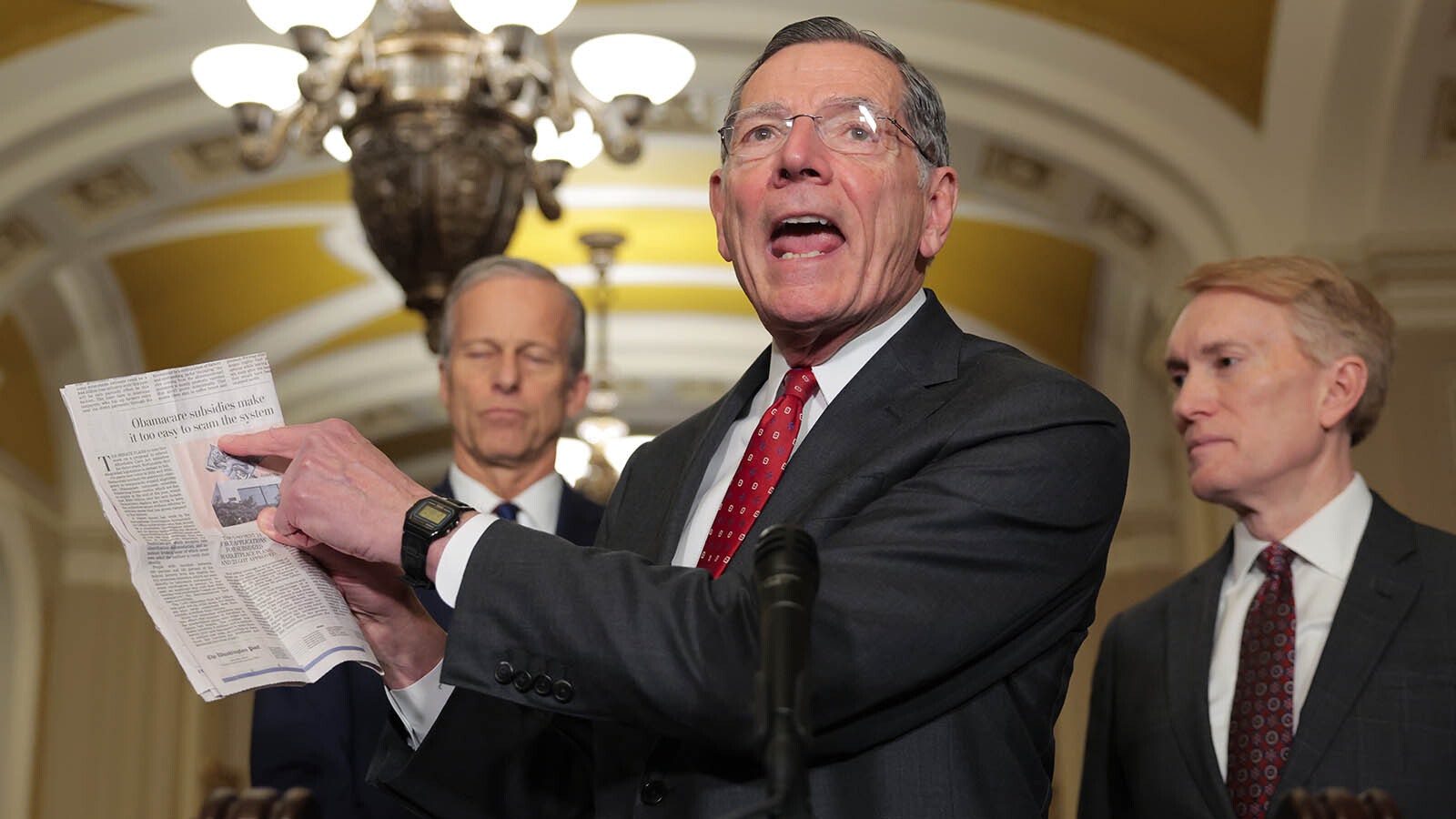Crossover voting did not have as large of an effect as some members of the Republican Party feared and predicted for Tuesday’s U.S. House primary race.
In the end, 113,025 Republicans turned out to vote Harriet Hageman into office, beating U.S. Rep. Liz Cheney by 37% of the vote. This was a larger margin of victory than polls performed on behalf of Hageman had predicted before the race.
A total of 117,752 Republicans voted in the 2018 primary. There were 171,964 who voted in it on Tuesday.
Crossover voting did occur in Tuesday’s race but did not come close to impacting the outcome of the race.
In 2018, 19,474 Democrats voted in the Wyoming U.S. House primary. Presidential election years tend to draw more voters historically, and 2020 was no different, as 23,576 Democrats voted in that primary.
On Tuesday, only 8,194 people voted in the Democratic primary. There were only two contested state-level Democratic races on Tuesday, with each winner garnering less than 200 votes.
Roughly assuming 23,576 people still identify as Democrats in Wyoming and voted Tuesday, around 15,382 people crossed over and registered as Republicans in the primary election.
Aside from this crossover contingency, Cheney would have had to have the support of 79,091 more Republicans to win Tuesday’s race, 80.1% of “true” voting Republicans in the state.
In 2020, Cheney had 78,870 people vote for her in the Republican primary. She had 29,554 fewer voters on Tuesday. A total of 193,559 people voted for former President Donald Trump in Wyoming in 2020.
Tuesday’s Republican U.S. House race would have to have been within a 9% margin between Hageman and Cheney for crossover voters to give Cheney a win on Tuesday.
University of Wyoming Political Science Professor Jim Kelly identified independent voters as a key demographic for Cheney in her hopes for getting reelected. There were 32,142 registered Independent voters in Wyoming on Tuesday. In 2016, there were 36,662 on primary day.
Assuming all these voters changed their party affiliation to Republican and voted Tuesday, these 4,520 people would have made up 2% of all voters in the Republican primary.
There were 34,509 more registered Republicans on Tuesday than in the primary election in 2018.
Cheney has been an outspoken critic of former President Donald Trump since he began his attempts to overturn the results of the 2020 election. Many Democrats have expressed admiration for Cheney for doing this, despite her mostly conservative positions on other issues.
Many in Wyoming have claimed crossover voting led to Gov. Mark Gordon winning the 2018 Republican primary. Gordon was a more moderate candidate than his two leading challengers, Foster Friess and Hageman.
This year’s governors race may have been impacted by crossover voting on Tuesday. A total of 163,739 voters cast a ballot in the gubernatorial election, with Gov. Mark Gordon taking 61.7% of the vote. There were 45,638 more votes cast in this race compared to the 2018 Republican primary. Gordon, facing a field of two fewer opponents, received 62,141 more votes than he did in 2018.
Tuesday’s election had the highest turnout in Wyoming history for a primary as 182,142 people participated. The Wyoming record for any election was set in 2020 when 278,503 people voted in the general election.
The previous record for a primary election was set in 2020 when 140,042 voted. The 42,100 increase in voters is notable as non-presidential years typically draw a lower voter turnout. This growth is likely due to the contentious race between Cheney and Hageman.





